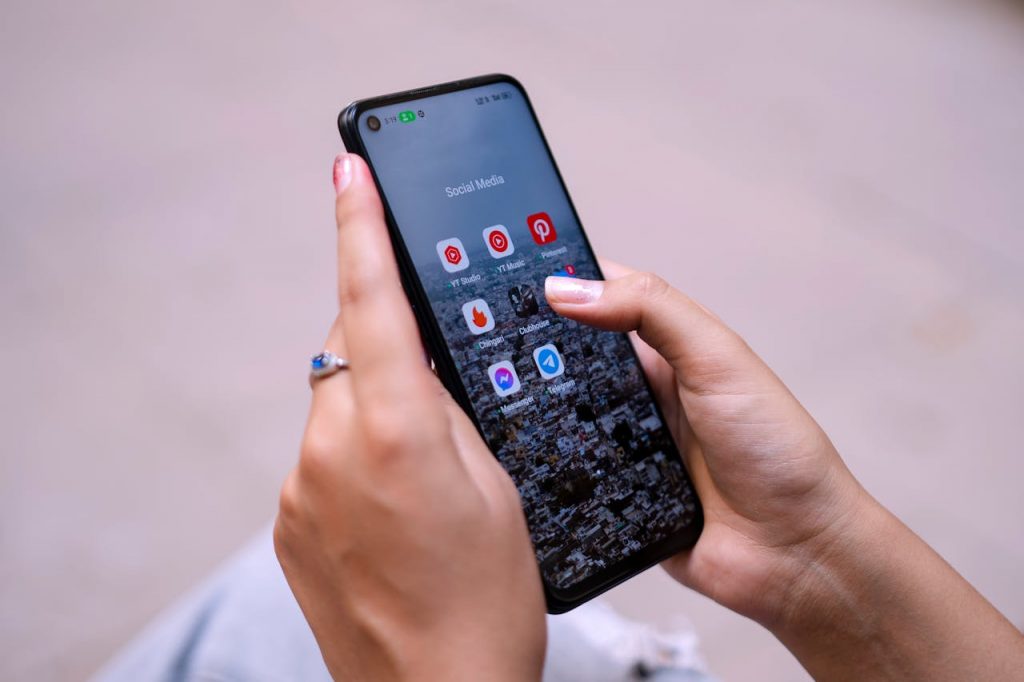Saurabh Soni
My name Saurabh and I am working as Marketing and Content Strategist at JumpGrowth. I am a professional tech writer and content strategist with an app development background.
Here we have researched Mobile App Testing Checklist to ensure quality of Developers, you can follow this checklist to ensure all parts...

Image Credits: pexels
With the usage of smartphones increasing by over 58-percent per year, businesses must follow a series of steps to create an app that is just as functional and aesthetically pleasing on a mobile device as on a desktop, laptop, and tablet. As a result, businesses integrate and launch mobile applications with smart and innovative functionality to engage more tech-savvy customers. Therefore, ensure the quality of these applications for performance, efficiency, and robustness will deliver an exemplary experience. So, to make the apps better mobile app testing must be done.
Unfortunately, it’s not that simple. Creating apps to be flawless is one of the greatest tech challenges faced by companies. Therefore, mobile application testing is crucial and extensive, involving multiple steps to meet the evolving needs of the customer.
Functional testing is one of the most important points on the mobile app testing checklist because if an app does not function, you will likely lose the users forever. Therefore, you must ensure the application performs its required and non-required tasks. Also, compatibility with various screen sizes, devices, OS, browsers, and resolutions is significant.
Make sure the app integrates accordingly with other services like social media, GPS, and Wi-Fi, if it is supposed to work with them. The functionality of redirect routes, application uniformity across devices, and acceptable preclusion from conducting undesired activities are all important components of the mobile application testing approach.
With usability testing, you want to ensure the customer is comfortable using your app. That means you must start this mobile app testing approach by checking the responsiveness of the application name and logo when clicked. Also, you must receive visual feedback from typical actions within three seconds.
The functionality of exit options at random points while running the app ensures that the user can close quickly and efficiently. The navigation should be easy and seamless across different screens and you must be able to enable a responsive mobile menu for mobile devices and tablets.
UI testing covers the aesthetics of the application, which is important for navigation and functionality. Make sure to review if or how the interface changes when there is a change in screen orientation. Also, the readability and clarity of the application buttons are essential for proper usage and the responsiveness of cascading lists is a must. To offer a better customer experience, minimizing the number of user actions by selecting their choice from a screen is critical.
When there is an issue, check that the app promptly displays warning messages and errors. Also, always distinguish active from inactive buttons. Finally, zoom-in and out, font options, colors, and legibility of the display are essential during the mobile app testing process.
This is a commonly overlooked part of the mobile app testing approach. Ensure you can make and receive phone calls while operating the application, rejected calls while viewing, and resume the application from the same point when you switch to a different application. Also, sending and receiving messages and push notifications while responding to them is a crucial segment of the mobile app testing checklist.
Mobile app testing is a multi-faceted endeavor. First, you want to analyze the amount of time it takes to simply launch the app. The longer it takes the lower chance a user is going to continue using the app. Next, review the performance at peak loading conditions. Also, check the app performance during charging and low battery conditions. You must implement live monitoring functions to ensure the computing power is acceptable.
Device and other application integration are also key to ensure performance is not hampered. Monitor the installing and uninstalling service to ensure it performs within a reasonable timeframe. When low there are low memory problems, ensure the correct error messages are displayed. Finally, check the application performance during network issues and when the network has returned to normal.
This type of testing scrutinizes a customer’s payment data security to ensure sensitive information is not hacked or released to the public. Mobile application security testing involves analyzing network security protocols to run applications, check for error reporting and breaches in application security, and authenticate application permissions and certificates. Another part of this mobile app testing approach is to examine automatic application lock-out when continuous values (like usernames or passwords) are incorrectly entered.
By implementing a mobile app testing strategy into your future applications, they will be customer-ready in no time! While these steps will take longer to launch that not doing them, you will be providing the customer with a much more robust and overall better experience, so it is worth the time. Follow this checklist to ensure all parts of the app are validated!
Hello Saurabh,
Informative post. Thanks for the research and sharing the same with us.
All the various testing checklist -Functional Testing, Usability Testing, UI Testing, Background Performance Testing and Overall performance testing you have mentioned are very useful to consider to ensure quality of developers. A complete guide.
I really appreciate the way you have explained all these testing in such details making the concept so clear. Keep writing.
Thanks!
-Rijhu.